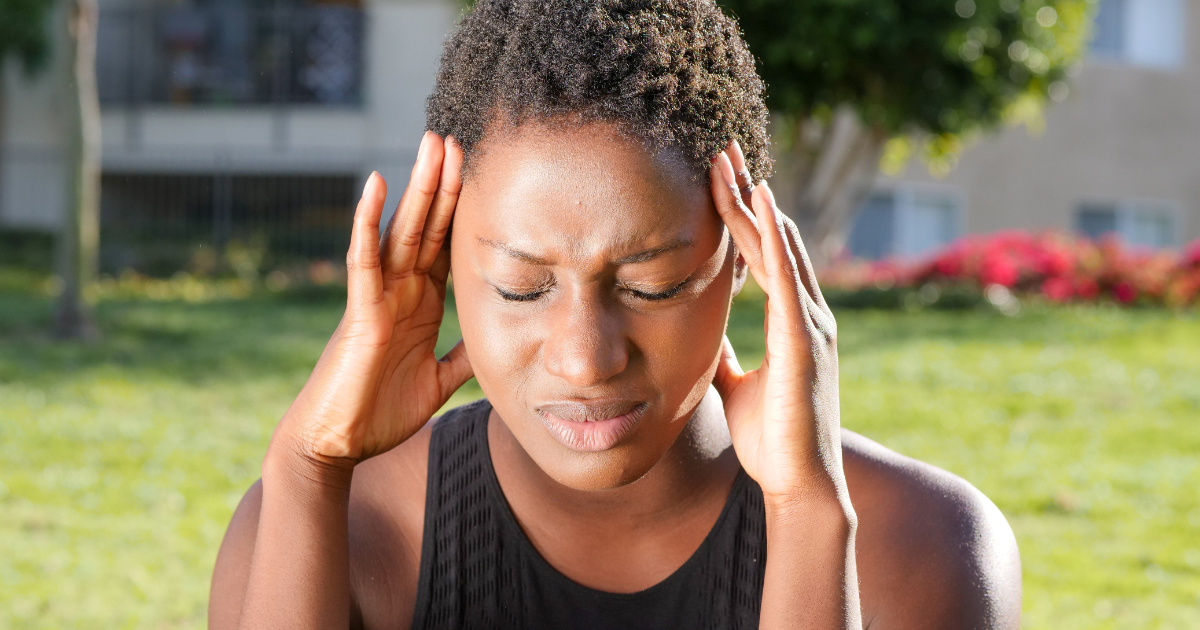Are Post-Traumatic Headaches and Concussions the Same Thing?
By: Nataliya Zlotnikov Blog writer, editor: Lexy Dong, MScPT Student ∙ Estimated reading time: 3 minutes
By: Nataliya Zlotnikov Blog writer, editor: Lexy Dong, MScPT Student ∙ Estimated reading time: 3 minutes

Introduction
Do you know the difference between a post-traumatic headache and a concussion? Did you know there are several types of post-traumatic headaches? Or that rest may not be the best treatment for a concussion? Can you distinguish between a persistent headache and a migraine?
Concussions and post-traumatic headaches are increasingly common in clinical practice and may be associated with many different conditions. It can often be challenging to differentiate between them and to determine appropriate treatment.
What is a Post-Traumatic Headache?
Headache is the most commonly reported symptom following a brain injury, yet it remains one of the least understood. The term post-traumatic headache (PTH) refers to headaches that begin or become worse following trauma to the head and/or neck.
Certain factors increase the risk of developing PTH, including mild traumatic brain injury (TBI) and a prior history of headaches. PTHs may be classified as:
-
Acute — lasting less than three months
-
Persistent — lasting longer than three months
Types of post-traumatic headaches include:
-
Migraine
-
Tension-type headaches
-
Medication-overuse headaches
-
Cervicogenic headaches
-
Occipital neuralgia
-
Whiplash-related headaches
Since the term post-traumatic headache encompasses many different headache types, it does not tell us much about the clinical characteristics of any one headache. Understanding those specific features is essential for guiding treatment.
The International Classification of Headache Disorders is an excellent resource for identifying headache types and their diagnostic criteria. Knowing how to differentiate headache types allows clinicians to develop individualized and effective treatment plans.
What is a Concussion?
A concussion is a form of traumatic brain injury caused by a blow to the head or an impact to the body that causes rapid movement of the head and brain.
For years, the standard recommendation for concussion care was strict rest — often in a dark room. However, this approach is increasingly considered outdated.
Meaghan Adams emphasizes the importance of getting concussion patients back to gentle activity as early as possible. The more they can maintain their normal routines, the better the outcomes tend to be.
This does not mean sending someone to run 10 km at their first appointment. But it also doesn't mean isolating them in a dark room for a week. Instead:
-
Identify aggravating stimuli
-
Reduce — but don’t eliminate — exposure
-
Gradually build tolerance, allowing the patient to participate in daily activities
This approach supports recovery while maintaining quality of life.
Watch Meaghan Adams Explain Post-Traumatic Headaches
To hear Meaghan’s explanation, watch the video below.
Click here for the full course
What You Will Learn in Meaghan Adams’ Online Course:
- Biomechanics of concussion and relevant anatomy and physiology
- Why “post-traumatic headache” is a descriptor rather than a diagnosis
- Definitions, classifications, and causes of post-traumatic headache
- How to take an effective concussion-focused patient history
- How to treat patients with various presentations of PTH in clinical practice
- The six headache types that can be caused or worsened by trauma — including pain characteristics, pathogenesis, and diagnostic criteria
- Treatment strategies for managing post-traumatic headache
- Clinical reasoning and decision-making related to managing traumatic brain injuries and headaches
In her flagship course, Understanding Post-Traumatic Headache, Meaghan provides clarity and clinical confidence to help you serve both patients and caregivers more effectively.
---
Date published: 10 April 2024
Last update: 10 December 2025

PT, BSc, MSc(PT), PhD(Neuroscience)
Meaghan earned her physiotherapy degree from Queen’s University, and completed Fowler-Kennedy’s Sport Physiotherapy Fellowship before earning a Certificate in Sport Physiotherapy from Sport Physiotherapy Canada. She also holds a Certificate in Vestibular Rehabilitation from Emory University. Meaghan completed her PhD in neuroscience at the University of Waterloo, studying how concussions affect brain function and sensory integration, and is currently a post-doctoral fellow at Toronto Rehab and York University studying the integration of cognition, motor function, and sensory inputs in adults with prolonged concussion symptoms using virtual reality and tablet-based computing.
Meaghan serves as the vice-chair of the Neurosciences Division of the Canadian Physiotherapy Association, and is an Assistant Clinical Professor (Adjunct) at McMaster University’s School of Rehabilitation Science.